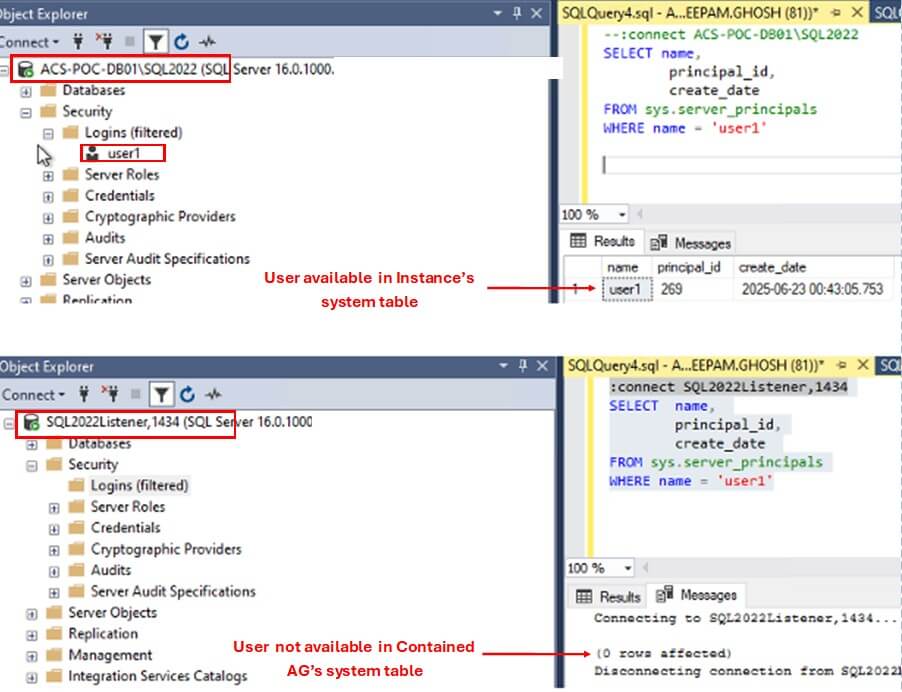Steps for Installing AlwaysOn Availability Groups - SQL 2019
With SQL Server 2012 Microsoft introduced the AlwaysOn Availability Group feature, and since then many changes and improvements have been made. This article is an update to another article, and will cover the prerequisites and steps for installing AlwaysOn in your SQL Server 2019 environment. Prerequisites Before implementing your AlwaysOn Availability Group (AG), make sure […]
2025-12-24 (first published: 2025-11-25)
689 reads





